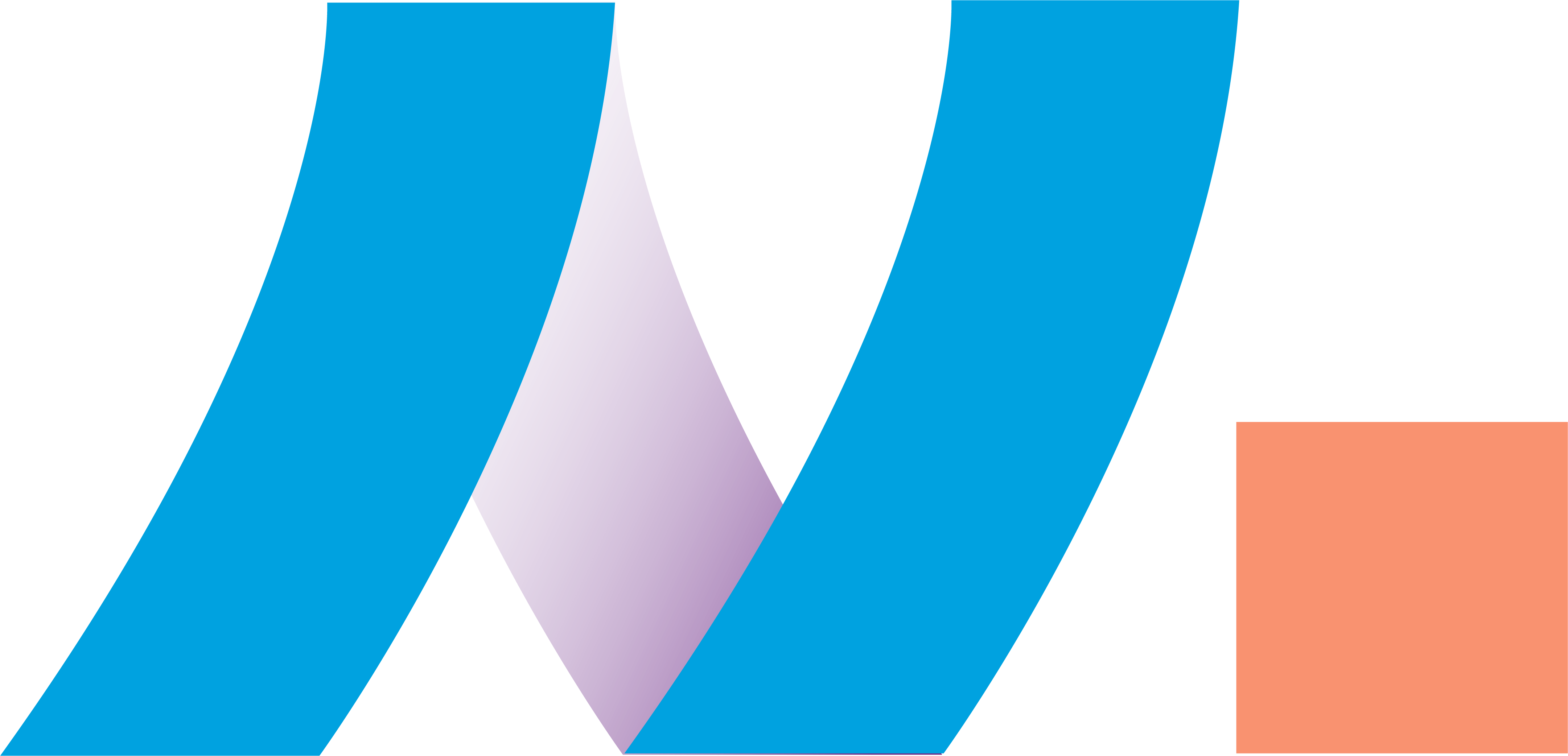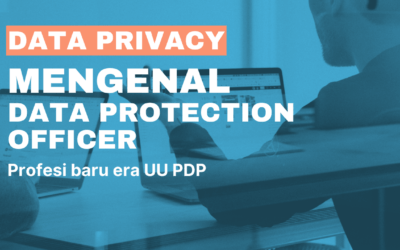#1 What is GRC?
Governance, risk, and compliance (GRC) refers to an organization’s approach for dealing with the interdependencies between the three components listed below:
- Corporate governance policies
- Enterprise risk management programs
- Regulatory and company compliance
GRC developed as a discipline in the early twenty-first century, when businesses realized that integrating the people, processes, and technology used to manage governance, risk, and compliance might help them in two ways. A unified strategy would aid in ensuring that their organizations performed ethically. It would also assist businesses in achieving their objectives by minimizing inefficiencies, miscommunications, and other risks associated with a compartmentalized approach to governance, risk, and compliance.
GRC should be used by any size organization. Developing a GRC discipline is especially crucial for big firms with substantial governance, risk management, and compliance obligations, as programs to address these needs frequently overlap.
Organizations create a GRC framework for the leadership, management, and operation of their IT departments to ensure that they support and allow the firm’s strategic goals. The framework defines measurables that shed insight on the efficacy of an organization’s GRC activities.
Although there are many solid software alternatives to assist optimize GRC processes, GRC is more than a collection of software tools. Rather than constructing one from start, many firms consult a framework for direction in developing and refining their GRC operations. Frameworks and standards serve as building blocks that companies may customize to their own needs. COBIT, COSO, and ITIL are major actors in a variety of sectors.
#2 How important is GRC?
As organizations become more complicated, they require a method to properly identify and manage essential operations inside the firm. Ability to integrate conventional discrete management functions into a unified discipline that improves the performance of people, business processes, technology, facilities, and other critical business factors is also required.
GRC does this by removing conventional boundaries between business divisions and pushing them to collaborate in order to achieve the company’s strategic goals. In today’s world, GRC is one of the components of a well-managed organization.
The top GRC systems use artificial intelligence (AI) and sophisticated analytics to ease governance, risk, and compliance management. They are very scalable and maybe run both on-premises and in the cloud. Furthermore, they consolidate siloed management tasks, assisting firms in determining if they are adopting the appropriate controls.
While the capabilities vary, the following are some of the more prevalent features:
- Content and document management: Helps users create, track, and archive information using digital formats.
- Risk analytics: Analyzes information such as access and privilege control; assesses, predicts, and mitigates risks; and offers suggestions to improve mitigation efforts.
- Audit management: Helps users simplify the process of conducting internal audits and performing third-party risk assessments.
- Compliance management: Monitors compliance efforts against company policies and regulatory requirements and provides real-time alerts when regulations change.
- Workflow management: Assists users in creating and using GRC-related workflows.
- Centralized dashboard: Provides a centralized user interface along with customizable metrics to give users visibility into GRC performance across the organization.
- Reporting tools: Enables users to customize and export information into informative reports using popular file types.
- Built-in integrations: Comes with integrations that make it easy to connect with other tools and software.
GRC tools provide several advantages. Companies can receive the preventative plan they require to preserve their corporation by implementing the correct GRC platform. A solid GRC platform allows businesses to coordinate their governance, risk management, and compliance strategies throughout the whole company while breaking down independently-run silos that might expose them to dangers.
Organizations may make data-driven decisions that boost their bottom line sooner. They have the potential to shorten audit cycles, increase efficiency, and save costs. They can discover and mitigate security and compliance problems that might hurt the firm. They may also gain the governance, risk, and compliance mechanisms required to ensure long-term business continuity.
Conclusion
Although the GRC tooling business is maturing, it is still in its early stages. In the future years, IT advances such as cloud and big data will continue to affect and, in some cases, significantly modify the GRC toolset environment. To stay up with the youthful, inventive, and ambitious new entrants, the rising stars of the past must be cautious and continue to reinvent their products. Organizations will very certainly require a combination of tools to meet all criteria, with one tool ruling them all. The selection and implementation of GRC technology will be based on standard out-of-the-box functionality and setup, with extremely agile change management methodologies.




